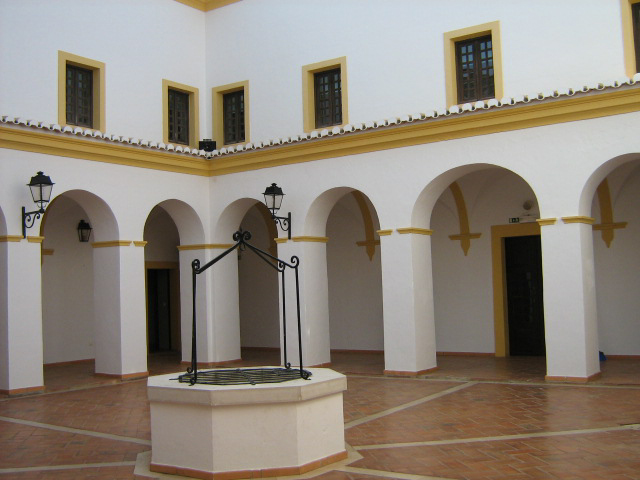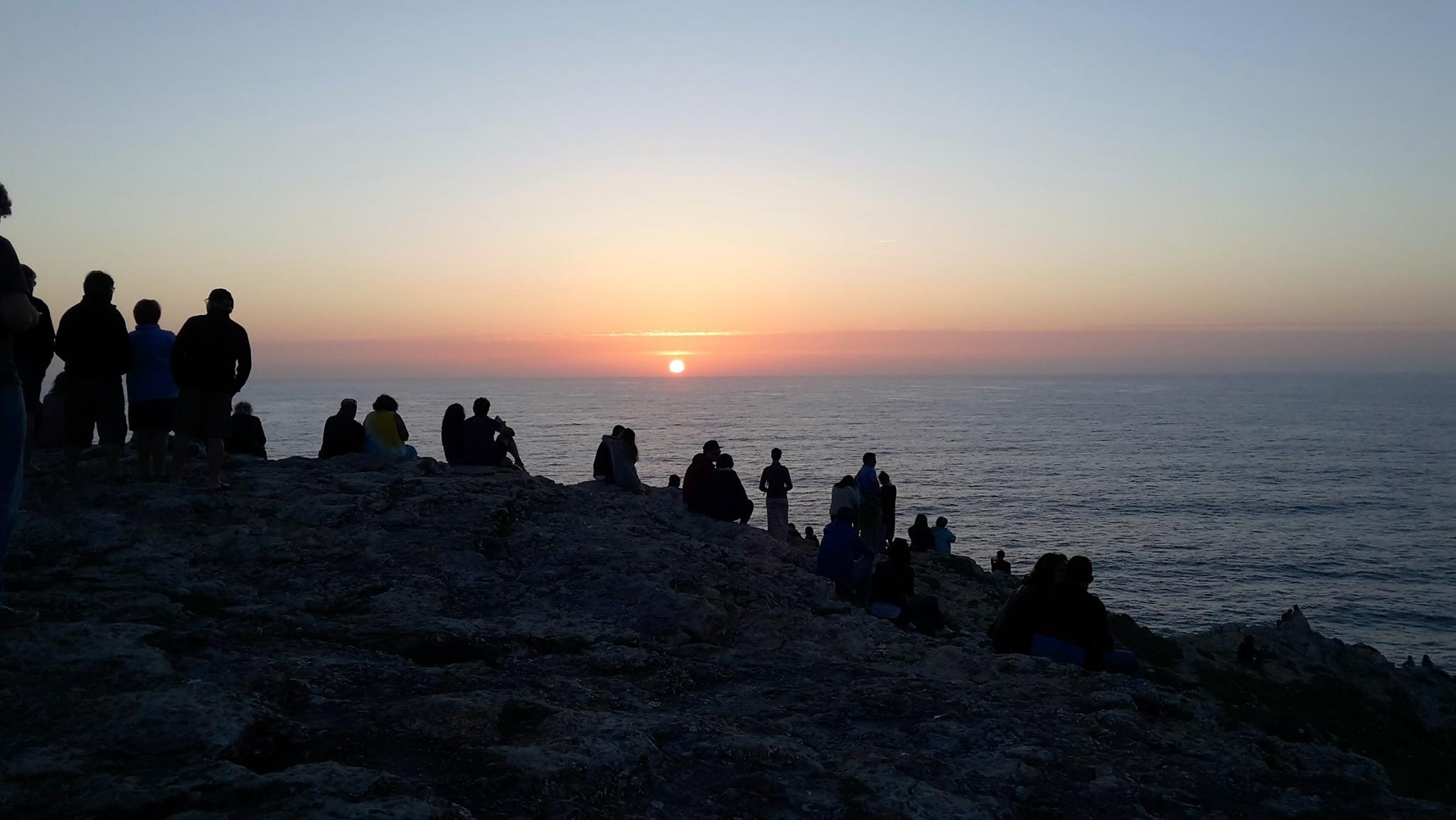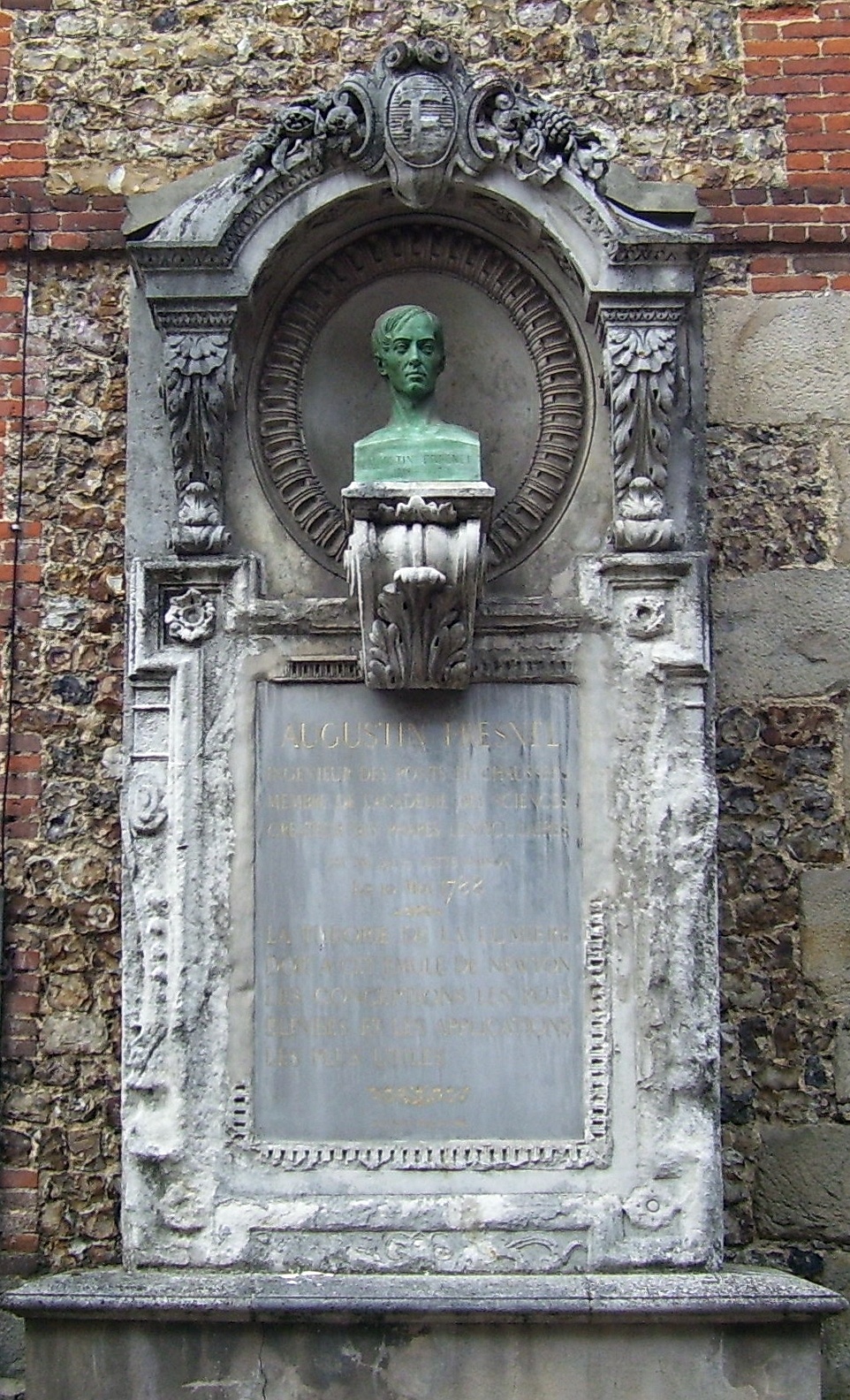|
Ponta Do Altar Lighthouse
The Ponta do Altar Lighthouse (''Farol da Ponta do Altar'') is located in the Ferragudo parish of the Lagoa municipality in the Faro District of Portugal. The lighthouse, of unusual design, consists of a small square turret attached to a one-story caretaker's house. It supports a red lantern on its terrace. The house, often compared with the appearance of a small schoolhouse, is painted white, with exposed stones and a red tiled roof. It is located on a promontory, used since prehistory for pagan rituals, on the eastern side of the entrance to the port of Portimão, about 7 km south-west of Lagoa. In recent years the attractiveness of the site has been impacted by the construction of a tall, cylindrical grey concrete communications tower, which dwarfs the lighthouse. The Ponta do Altar Lighthouse was first proposed by Ricardo Peyroteu on June 21, 1884. It started operations of 1 January 1893. The tower is 10 meters high and 2.7 meters wide. The original light was white and u ... [...More Info...] [...Related Items...] OR: [Wikipedia] [Google] [Baidu] |
Ferragudo
Ferragudo is a Portuguese civil parish at the western border of the municipality of Lagoa. The population in 2011 was 1,973, in an area of 5.41 km². Ferragudo serves mainly as a bedroom community for its much larger neighbour, the city of Portimão; its residents routinely travel across the Arade River to work in the neighboring municipality. History There have been various explanations for the community's name: from the inheritance of Ferragudo in Castro Verde, the fort of Ferragudo in Vila Viçosa, the Spanishman Johane Anes Ferro Agudo de Espanha or the locality of Ferragudo. The most plausible explanation is the traditional one, probably from the 14th century, which suggested the existence of an iron machine that existed on the beach of Angrinha, and which was used to raise fish for market. This iron machinery or ''"engenho de ferro"'', which was relatively "pointy" or ''"agudo"'' evolved into ''"ferro agudo"'' or ''Ferragudo''. Ferragudo was known to the Phoenicians, ... [...More Info...] [...Related Items...] OR: [Wikipedia] [Google] [Baidu] |
Alentejo
Alentejo ( , ) is a geographical, historical, and cultural region of south–central and southern Portugal. In Portuguese, its name means "beyond () the Tagus river" (''Tejo''). Alentejo includes the regions of Alto Alentejo and Baixo Alentejo. It corresponds to the districts of Beja, Évora, Portalegre, and Alentejo Litoral. Its main cities are Évora, Beja, Sines, Serpa, Estremoz, Elvas, and Portalegre. It has borders with Beira Baixa in the north, with Spain (Andalucia and Extremadura) in the east, Algarve in the south, and the Atlantic Ocean, Ribatejo, and Estremadura in the west. Alentejo is a region known for its traditional polyphonic singing groups, similar to those found in Tuscany, Corsica, and elsewhere. History The comarca of the Alentejo became the Alentejo Province, divided into upper ( Alto Alentejo Province) and lower ( Baixo Alentejo Province) designations. The modern NUTS statistical region, Alentejo Region, was expropriated from the mediev ... [...More Info...] [...Related Items...] OR: [Wikipedia] [Google] [Baidu] |
Portugal
Portugal, officially the Portuguese Republic, In recognized minority languages of Portugal: :* mwl, República Pertuesa is a country located on the Iberian Peninsula, in Southwestern Europe, and whose territory also includes the Macaronesian archipelagos of the Azores and Madeira. It features the westernmost point in continental Europe, its mainland west and south border with the North Atlantic Ocean and in the north and east, the Portugal-Spain border, constitutes the longest uninterrupted border-line in the European Union. Its archipelagos form two autonomous regions with their own regional governments. On the mainland, Alentejo region occupies the biggest area but is one of the least densely populated regions of Europe. Lisbon is the capital and largest city by population, being also the main spot for tourists alongside Porto, the Algarve and Madeira. One of the oldest countries in Europe, its territory has been continuously settled and fought over since prehistoric tim ... [...More Info...] [...Related Items...] OR: [Wikipedia] [Google] [Baidu] |
Fresnel Lens
A Fresnel lens ( ; ; or ) is a type of composite compact lens developed by the French physicist Augustin-Jean Fresnel (1788–1827) for use in lighthouses. It has been called "the invention that saved a million ships." The design allows the construction of lenses of large aperture and short focal length without the mass and volume of material that would be required by a lens of conventional design. A Fresnel lens can be made much thinner than a comparable conventional lens, in some cases taking the form of a flat sheet. The simpler dioptric (purely refractive) form of the lens was first proposed by Count Buffon and independently reinvented by Fresnel. The '' catadioptric'' form of the lens, entirely invented by Fresnel, has outer elements that use total internal reflection as well as refraction; it can capture more oblique light from a light source and add it to the beam of a lighthouse, making the light visible from greater distances. Description The Fresnel len ... [...More Info...] [...Related Items...] OR: [Wikipedia] [Google] [Baidu] |
Light Characteristic
A light characteristic is all of the properties that make a particular navigational light identifiable. Graphical and textual descriptions of navigational light sequences and colours are displayed on nautical charts and in Light Lists with the chart symbol for a lighthouse, lightvessel, buoy or sea mark with a light on it. Different lights use different colours, frequencies and light patterns, so mariners can identify which light they are seeing. Abbreviations While light characteristics can be described in prose, e.g. "Flashing white every three seconds", lists of lights and navigation chart annotations use abbreviations. The abbreviation notation is slightly different from one light list to another, with dots added or removed, but it usually follows a pattern similar to the following (see the chart to the right for examples). * An abbreviation of the type of light, e.g. "Fl." for flashing, "F." for fixed. * The color of the light, e.g. "W" for white, "G" for green, "R" for re ... [...More Info...] [...Related Items...] OR: [Wikipedia] [Google] [Baidu] |
Lagoa (Algarve)
Lagoa () is a city and municipality in the district of Faro, in the Portuguese region of Algarve. The population of the municipality in 2011 was 22,975, in an area of 88.25 km². Its urban population, in the city of Lagoa proper, is 6,100 inhabitants. An important travel destination, its coast has won numerous accolades. Marinha Beach was considered by the Michelin Guide as one of the 10 most beautiful beaches in Europe and as one of the 100 most beautiful beaches in the world. History According to some historical sources, the earliest settlement in the area occurred along the edges of small lakes or marshes ( pt, lagoa), which were drained in order to create a fertile land. There are many pre-historic vestiges of the early settlements, including menhirs (standing stones), funerary necropoles and artifacts that date a human presence to remote history. After the Celtiberian era, including the age of Cynete presence and domination, followed by the arrival of the Roman Empi ... [...More Info...] [...Related Items...] OR: [Wikipedia] [Google] [Baidu] |
Faro District
Faro District ( pt, Distrito de Faro ) is the southernmost district of Portugal, coincident with the Algarve region. The administrative centre, or district capital, is the city of Faro. Municipalities The district is composed of 16 municipalities: * Albufeira * Alcoutim * Aljezur * Castro Marim * Faro * Lagoa * Lagos * Loulé * Monchique * Olhão * Portimão * São Brás de Alportel * Silves * Tavira * Vila do Bispo * Vila Real de Santo António Cities * Albufeira * Faro * Lagoa * Lagos * Loulé * Olhão * Portimão * Quarteira (Loulé) * Silves * Tavira * Vila Real de Santo António Villages * Alcantarilha (Silves) * Alcoutim * Algoz (Silves) * Almancil (Loulé) * Alvor (Portimão) * Armação de Pêra (Silves) * Aljezur * Bensafrim (Lagos) * Cabanas de Tavira (Tavira) * Carvoeiro (Lagoa) * Castro Marim * Estômbar (Lagoa) * Ferragudo (Lagoa) * Fuseta (Olhão) * Luz (Lagos) * Luz de Tavira (Tavira) * Mexilhoeira Grande (Olhão) * Mo ... [...More Info...] [...Related Items...] OR: [Wikipedia] [Google] [Baidu] |
Portimão
Portimão () is a city and a municipality in the district of Faro, in the Algarve region of southern Portugal. The population in 2011 was 55,614, in an area of 182.06 km2. It was formerly known as Vila Nova de Portimão (). In 1924, it was incorporated as a ''cidade'' and became known merely as Portimão. Historically a fishing and shipbuilding centre, it has nonetheless developed into a strong tourist centre oriented along its beaches and southern coast. The two largest population centers in the Algarve are Portimão and Faro. History Prehistory The area was settled during the prehistoric epoch: the Cynetes, influenced by the Celts and Tartessos lived in the Algarve for many centuries. In the area of Alcalar there are several remnants of Neolithic funerary sites of which only one, Alcalar monument number seven, comprising a circular chamber composed of schist stone and long corridor, remains. Comparable to western European and Irish monuments, the funeral crypt, wit ... [...More Info...] [...Related Items...] OR: [Wikipedia] [Google] [Baidu] |
Lighthouse Of Cabo De São Vicente
The Lighthouse of Cabo de São Vicente ( pt, Farol do Cabo de São Vicente) is a beacon/ lighthouse located along the coastal peninsula of Sagres Point in the civil parish of Sagres, in the Portuguese municipality of the Vila do Bispo. Not to be confused with the Lighthouse of Ponta de Sagres, which is the located further to the edge of the extreme southwest cape of the civil parish, southwest of the Fortress of Sagres. History A rudimentary lighthouse existed on the cape since 1520, in a special tower constructed on the site of the convent. Between 1521 and 1557 a tower was ordered constructed by King D. John III to defend the coast from attacks from marauding soldiers. Yet, in 1587, the tower was destroyed by the English privateer Francis Drake, and only returned to operation in 1606, following its restoration by order of King Phillip II. The lighthouse of Cape St. Vincente, or the ''Lighthouse of D. Fernando'', was ordered constructed by Queen D. Maria II, and began operat ... [...More Info...] [...Related Items...] OR: [Wikipedia] [Google] [Baidu] |
Sagres (Vila Do Bispo)
Sagres is a civil parish in the municipality of Vila do Bispo, in the southern Algarve of Portugal. It has 1,894 inhabitants (2021) in an area of . It is historically connected to the early Portuguese Age of Discovery. Sagres is near the Western end of the world's longest estimated straight-line path over land, at 11,241 km, ending near Jinjiang in the People's Republic of China. History The name Sagres derives from ''Sagrado'' (''holy'') owing to the important local religious practices and rituals that occurred during the pre-history of the nation.Câmara Municipal de Vila do Bispo (2012), p.1 From here some of the Mediterranean peoples (including the Phoenicians, Greeks, Carthaginians and Romans), venerated their divinities and which some believed, owing to the absence of a human settlement, was the gathering place for their gods. Christinas (Mozarabs) that lived in this zone, during the Muslim occupation, erected the Church of Corvo, where the mortal remains of the s ... [...More Info...] [...Related Items...] OR: [Wikipedia] [Google] [Baidu] |
Fresnel
Augustin-Jean Fresnel (10 May 1788 – 14 July 1827) was a French civil engineer and physicist whose research in optics led to the almost unanimous acceptance of the wave theory of light, excluding any remnant of Newton's corpuscular theory, from the late 1830s until the end of the 19th century. He is perhaps better known for inventing the catadioptric (reflective/refractive) Fresnel lens and for pioneering the use of "stepped" lenses to extend the visibility of lighthouses, saving countless lives at sea. The simpler dioptric (purely refractive) stepped lens, first proposed by Count Buffon and independently reinvented by Fresnel, is used in screen magnifiers and in condenser lenses for overhead projectors. By expressing Huygens's principle of secondary waves and Young's principle of interference in quantitative terms, and supposing that simple colors consist of sinusoidal waves, Fresnel gave the first satisfactory explanation of diffraction by straight edges, includi ... [...More Info...] [...Related Items...] OR: [Wikipedia] [Google] [Baidu] |







.jpg)


